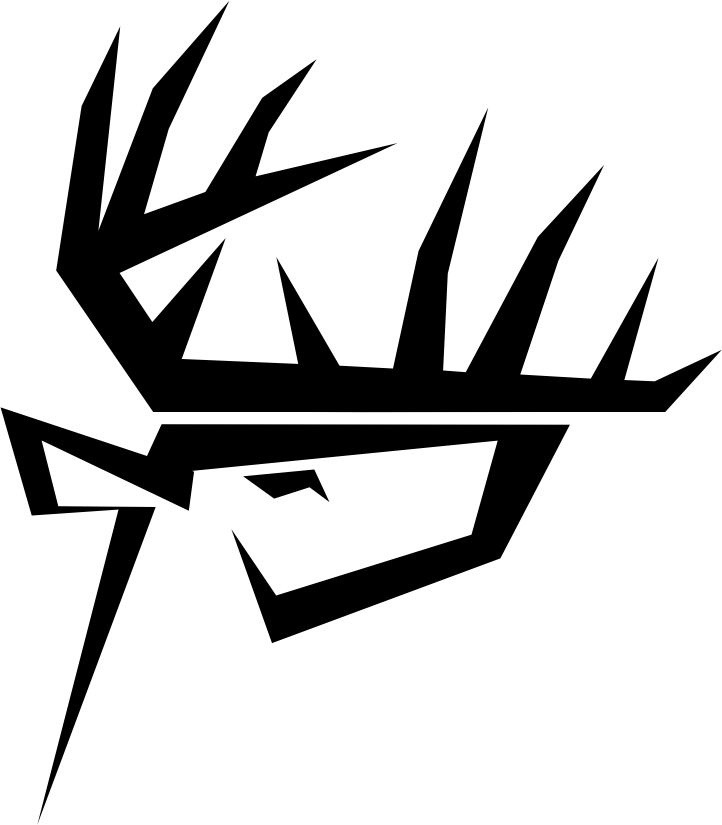LATE SEASON TURKEY HUNTING - WHAT WORKS FOR ME
April 20th, 2023
By: Brennen Nading (@nadingbr)
Turkey season in most states across the country is roughly 4-6 weeks long, shorter in some states and maybe a touch longer in a few others. Having grown up chasing birds in Wisconsin, the season typically opens in mid-April and runs just past Memorial Day. Although 6 weeks doesn't seem that long in the grand scheme of things, A LOT changes in the turkey woods as the season progresses. It's not uncommon for there to be snow on the ground during the first week or 2 of season, and it's also not uncommon for temperatures to break 85-90 degrees the last week of season. In this blog, I want to touch on a few key tactics and approaches that I use to find success in the second half of the season.
INCREASE IN FOLIAGE
Pay attention to the increase in foliage in the woods. Week 1, the trees are bare and sound carries a long, long way. Week 6, trees have leaves, underbrush is thickening and you can't hear birds or call to birds nearly as far as you could early on in the year. Although this has its disadvantages, it also has huge advantages. Use this increase in cover to slip in tighter to birds off the roost. Early in the season I'd typically try to set up in that 200-250 yard range of a roosted bird..later in the year I will try to push into 100-150 yards from a roosted bird. Aside from roost hunting, this additional cover also makes it much easier to sneak around during the day whether you are walking and calling or just trying to close the gap on a bird that you might have spotted out in a field or pasture.
PAY ATTENTION TO THE FARMERS
In Wisconsin, it seems like the last 2 weeks of the season are always when farmers are piling into the fields to get row crops in the ground. Although it might burn you one day when a tractor pulls into the field you are hunting, don't let it get you down...it might just be the ticket in the days that follow. Turkeys are notorious for hitting freshly planted fields to pick around and steal the seeds that were just put into the ground. Keep an eye out for these fresh plantings and capitalize on the strutter that is looking for an easy meal.
FRICTION CALLS - GET LOUD
I rely heavily on a diaphragm call for most of the season, simply because it is hands free and I feel like it's my best bet for making realistic turkey sounds. Later on in the season, I simply cannot get the diaphragm call to carry as far through the dense vegetation. For that reason, I always carry a box call. When I am trying to locate a bird late in the year, I will typically use the box just because the friction call is much louder and carries much further than my mouth call. That said, I will call with the box until the bird closes the distance and then I will use my mouth call to seal the deal.
FANNING - REAPING
I know there are a lot of mixed feelings when it comes to fanning or reaping turkeys. In my opinion, if it's legal, and you're using the proper safety precautions, give 'er hell and punch that tag in whatever fashion floats your boat. Over the years, we have had a tremendous amount of luck killing birds in this fashion, and most of them late in the season. In the areas we hunt, our approach is to drive around until we get a visual of a gobbler that is in a field that we can hunt. Next we try to analyze how we can use the cover, wood edge, fence line, etc. to get in a position where we can "pop out" inside his bubble. Our best luck with reaping birds is when you are able to pop out 150 yards or less from the bird. It's far enough that it doesn't typically freak them out, yet close enough that they cannot resist coming in and checking it out.
In closing, there are some major changes that happen in the woods this time of year. It is up to you to adapt to the changes, make a few tweaks to your approach, and keep on keepin' on until the season comes to an end. Be safe, hunt hard, and good luck this spring!





